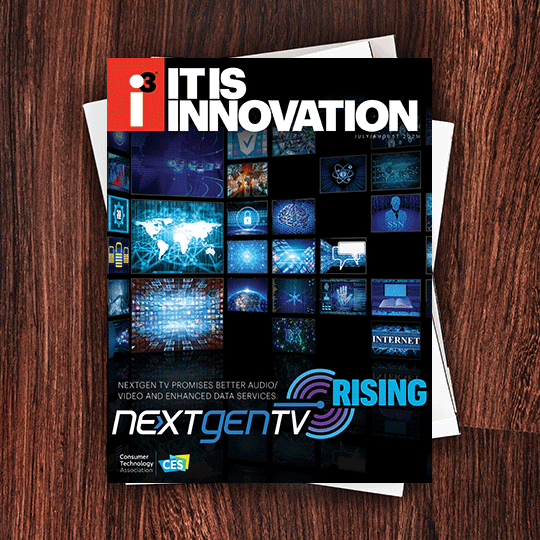Flexible, remote and virtualized working models are here to stay, and in an age of digital transformation, will soon be the new norm.
To keep up with changes in working models, companies are providing staff with more training and professional development. They are finding new ways to upskill their workforces and provide more opportunities for employees to connect, communicate, and boost distance leadership and management capabilities as well as regularly briefing teams on emerging events. More personalized mentoring and professional development paths tailored to the needs of the individual worker are becoming common. Customizable and on-demand educational platforms let workers retrieve learning modules when they desire.
Flexwork-friendly employers are also offering more accommodating benefits programs such as a financial allowance that an employee can spend on a menu of benefit choices that best suit their individual scenario. Perks can range from babysitting and tutoring to gym memberships. These perks help to promote well-being and professional development and give staffers the custom support required to give their best efforts at work.
The traditional 9-to-5 workday and one-size-fits-all approach to business is outdated. Ongoing concerns related to COVID-19, fundamental shifts in the marketplace, and sociocultural changes are putting pressure on companies to rethink their operating models. New shifts in the workplace — more flexible, remote and virtualized working models (like personalized perks and scheduling) are here to stay, and in an age of digital transformation, will soon be the new norm

I3, the flagship magazine from the Consumer Technology Association (CTA)®, focuses on innovation in technology, policy and business as well as the entrepreneurs, industry leaders and startups that grow the consumer technology industry. Subscriptions to i3 are available free to qualified participants in the consumer electronics industry.